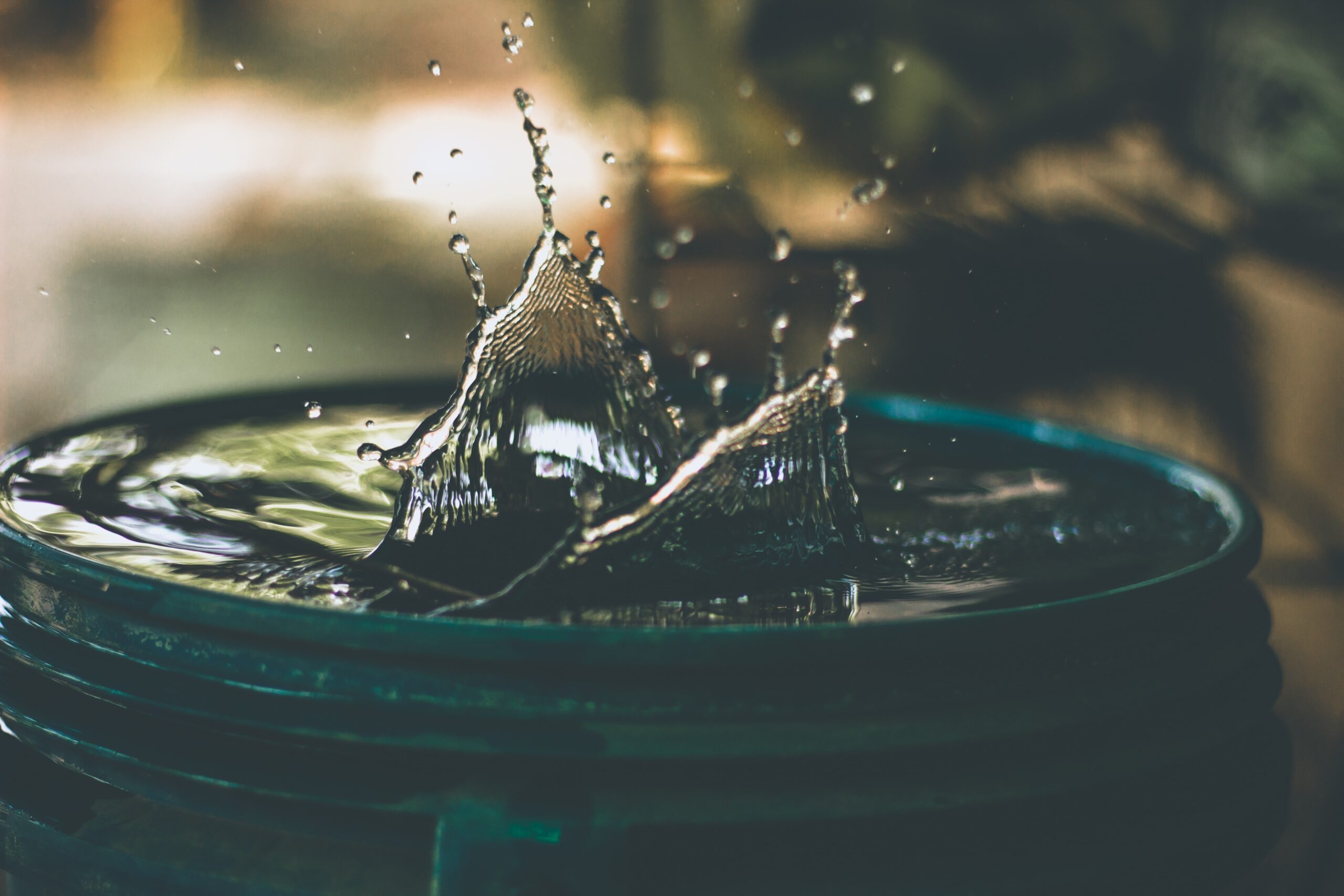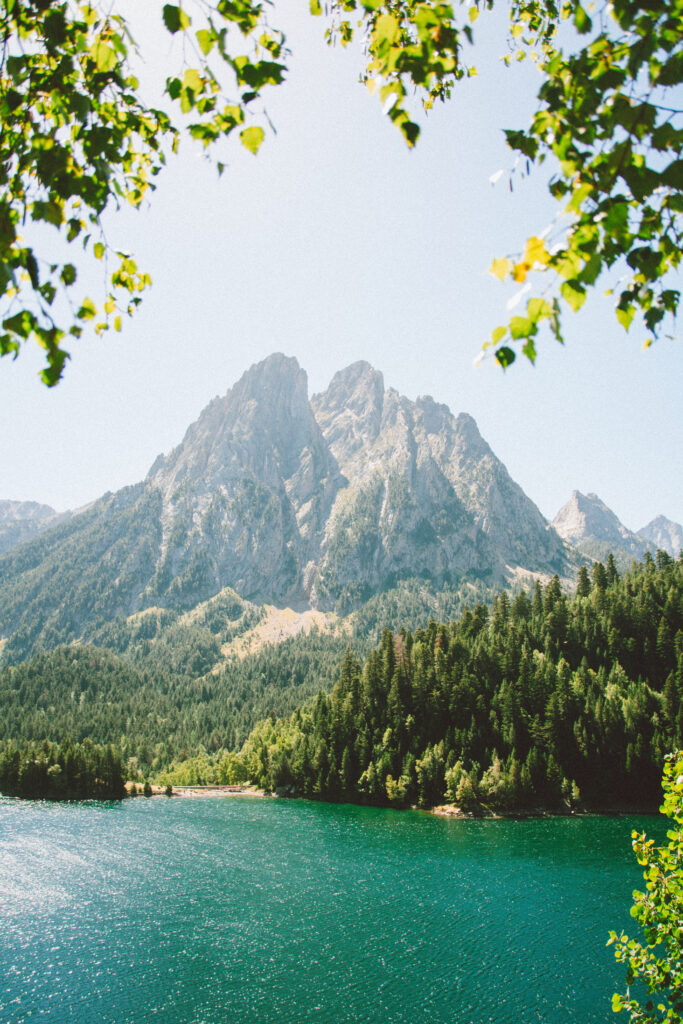Are you wondering how far to lower the water level in your in-ground pool for the winter season? Well, look no further! This article will provide you with the necessary information to ensure your pool is properly prepared and protected during the colder months. Whether you’re a seasoned pool owner or a newcomer to the world of pool maintenance, we’ve got you covered. So, grab a cup of coffee, sit back, and let’s dive into the details of getting your pool winter-ready!
This image is property of images.pexels.com.
Determining the Water Level for Winter
Determining the Ideal Water Level
When it comes to winterizing your pool, determining the right water level is crucial. The ideal water level for winter can vary depending on various factors such as climate, pool cover type, and the condition of your pool equipment. Ideally, you should aim to lower the water level to a point where it is below the skimmer and return jets, but not too low to cause any damage to your pool.
Considering the Climate of Your Area
One of the key factors to consider when determining the water level for winter is the climate of your area. If you live in a region with harsh winter conditions, such as freezing temperatures and heavy snowfall, it is advisable to lower the water level more significantly. This helps to protect your pool against freezing, ice damage, and excessive weight from snow accumulation. On the other hand, if you live in a milder climate, you may not need to lower the water level as much, as the risks of freezing and ice damage are lower.
The Importance of Lowering the Water Level
Lowering the water level in your pool before winter is crucial for several reasons. Firstly, it helps to protect your pool against freezing and ice damage. When water freezes, it expands, which can result in cracks or damage to the pool structure. By lowering the water level, you decrease the risk of the freezing water causing any significant harm to your pool.
Additionally, lowering the water level also reduces the pressure on the pool structure. This is particularly important for in-ground pools, as the water exerts significant pressure on the walls and flooring. By lowering the water level, you alleviate some of this pressure, reducing the risk of structural damage.
Finally, maintaining a lower water level during winter helps to prevent the growth of algae and bacteria. Algae and bacteria tend to thrive in warm, stagnant water. By reducing the water level and limiting the amount of water available, you decrease the likelihood of algae and bacteria growth, making it easier to clean and restore your pool when spring arrives.
Benefits of Lowering the Water Level
Protecting Against Freezing and Ice Damage
Lowering the water level in your pool is primarily done to protect it against freezing and ice damage. As mentioned earlier, when water freezes, it expands, and this expansion can cause cracks or damage to the pool structure. By lowering the water level below the skimmer and return jets, you minimize the risk of freezing water causing any harm to your pool. This helps to safeguard the integrity and longevity of your pool.
Reducing Pressure on the Pool Structure
In-ground pools are designed to withstand a certain amount of pressure from the water in order to maintain their structural integrity. However, excessive pressure can lead to cracks, leaks, or even permanent damage. By lowering the water level, you relieve some of the pressure on the pool structure, reducing the risk of any such issues. This is particularly important in regions where freezing and thawing cycles are common, as the pressure exerted by expanding and contracting ice can be significant.
Preventing Algae and Bacteria Growth
Reducing the water level in your pool also helps in preventing the growth of algae and bacteria during the winter months. Algae and bacteria thrive in warm, stagnant water, and a pool with a high water level provides them with the perfect breeding ground. By maintaining a lower water level, you reduce the available water and limit the conditions favorable for their growth. This makes spring cleaning and pool restoration much easier and prevents potential health hazards associated with algae and bacteria.
Factors to Consider Before Lowering the Water Level
Type of Pool Cover
Before determining how much to lower the water level, it is important to consider the type of pool cover you will be using for winter. Different types of covers require different water levels. For example, solid covers are designed to sit on top of the water, while mesh covers are usually installed using water bags or springs, requiring a lower water level. Be sure to consult the manufacturer’s instructions or seek advice from a professional to determine the appropriate water level based on your specific pool cover type.
Pool Equipment and Plumbing
The condition of your pool equipment and plumbing also plays a role in determining the water level for winter. If you have any equipment or plumbing issues, such as leaks or damage, it is important to address them before lowering the water level. Lowering the water level too much can expose these vulnerabilities and potentially cause further damage. Make sure to inspect your pool equipment and plumbing system and consult a professional if any repairs or maintenance are required.
The Groundwater Level
Another factor to consider is the groundwater level in your area. If the groundwater level is already high, lowering the water level too much can lead to hydrostatic pressure, causing the pool to float or crack. In such cases, it may be necessary to consult a professional or contact your local pool maintenance company to determine the ideal water level that accounts for the groundwater conditions.
Step-by-step Guide to Lowering the Water Level
Preparing the Pool for Lowering the Water Level
Before you begin lowering the water level in your pool, it is important to prepare the pool properly. Start by ensuring that the pool is clean and free from debris. Remove any leaves, branches, or other objects that may be floating in the water. Additionally, make sure the pool is balanced chemically, and the sanitizer levels are appropriate. This helps to protect the pool during the winter months.
Taking Safety Precautions
When lowering the water level, it is essential to take necessary safety precautions. Never empty the pool completely, as this can cause damage to the pool structure. Instead, aim to lower the water level gradually and incrementally. This helps to avoid any unnecessary strain on the pool walls and flooring. Additionally, always follow the manufacturer’s instructions when using any pool equipment or pumps to ensure your safety and the proper functioning of the equipment.
Using a Submersible Pump
A submersible pump is a highly effective and convenient tool for lowering the water level in your pool. Start by submerging the pump in the water and allowing it to remove the excess water. Be sure to monitor the process closely and shut off the pump once the water level reaches the desired point. Remember not to remove all the water from the pool, as this can cause damage. Aim to lower the water level so it is below the skimmer and return jets.
Monitoring the Water Level
After you have lowered the water level, it is important to monitor it regularly throughout the winter. Check the water level every few weeks or after heavy rainfall to ensure it remains at the desired level. If necessary, adjust the water level by adding or removing water as needed. By maintaining the proper water level, you can help protect your pool from potential damage and ensure a smooth spring opening.
This image is property of images.pexels.com.
Alternative Methods for Winterizing Your Pool
Using a Pool Skimmer
If you prefer not to use a submersible pump, another method to lower the water level is by utilizing your pool skimmer. Start by closing the main drain valve and removing the skimmer basket. This allows the water to flow only through the skimmer. Adjust the skimmer weir to reduce the water flow, which in turn lowers the water level. Keep in mind that this method may take longer than using a pump, but it can still effectively lower the water level.
Using a Pool Cover Pump
If you have a solid pool cover, you may find it beneficial to use a pool cover pump to remove excess water. Place the cover pump on the cover and let it remove any accumulated water. This helps to keep the cover intact and prevent it from sagging or tearing due to the weight of the water. Be sure to follow the manufacturer’s instructions when using a pool cover pump and avoid letting the water level go below the recommended minimum.
Draining and Winterizing Completely
In certain circumstances, such as when you live in an area with extremely cold winter conditions, you may need to consider draining and winterizing your pool completely. This should only be done as a last resort and under the guidance of a professional, as completely draining a pool can lead to serious structural damage. If you decide to go this route, make sure to consult with a pool specialist who can guide you through the proper winterization procedures.
Maintaining the Pool Cover during Winter
Keeping the Pool Cover Clean
During winter, it is important to keep your pool cover clean and free from debris. Use a broom or leaf blower to remove any leaves, dirt, or snow that may accumulate on the cover. This not only helps to extend the lifespan of the cover but also prevents the debris from seeping into the pool when the cover is removed in spring.
Removing Debris and Snow
In regions with heavy snowfall, it is crucial to regularly remove snow from the pool cover. Excessive snow accumulation can put additional weight on the cover, potentially causing it to sag or tear. Use a snow rake or a soft broom to gently remove the snow from the cover, taking care not to damage the cover itself.
Avoiding Excessive Weight on the Cover
It is important to avoid placing any heavy objects on the pool cover during winter. This includes furniture, equipment, or any other substantial items. The weight can cause the cover to stretch, tear, or even collapse, resulting in damage to both the cover and the pool. By practicing caution and ensuring that only light objects are placed on the cover, you can maintain its integrity and protect your pool.
This image is property of images.pexels.com.
Monitoring the Water Level during Winter
Checking the Water Level Regularly
Keeping an eye on the water level during winter is crucial to prevent any unforeseen issues. Make it a habit to check the water level every few weeks or after any heavy rain or snowfall. This will help you identify any potential problems, such as excessive water loss or a rising water level, allowing you to take appropriate action before it causes any damage.
Adjusting the Water Level if Required
If you notice any significant changes in the water level during winter, it is important to take prompt action and make any necessary adjustments. If the water level is too low, you can add water using a garden hose, ensuring not to overflow the pool. On the other hand, if the water level is too high, remove the excess water using a submersible pump or other appropriate methods. Maintaining the proper water level throughout winter helps to protect your pool and ensures a hassle-free spring opening.
Spring Preparation: Re-filling the Pool
Determining the Ideal Water Level for Spring
As winter comes to an end and spring approaches, it is time to prepare your pool for the upcoming swimming season. Before refilling the pool, determine the ideal water level for spring. In general, the water level should be about halfway up the skimmer opening. This allows for proper skimming and filtration, ensuring clean and healthy water for swimming.
Filling the Pool Correctly
When refilling the pool, it is important to do it slowly and steadily. This helps to prevent any sudden pressure changes that can cause damage to the pool structure. Use a garden hose or a water delivery service to fill the pool, ensuring that the water level gradually reaches the desired point. Be sure to monitor the process closely and shut off the water once the ideal level is reached.
Common Mistakes to Avoid
Lowering the Water Level too much
One of the most common mistakes when winterizing a pool is lowering the water level too much. While it is important to lower the water level, draining the pool completely can cause significant damage, especially to in-ground pools. Always follow the recommended guidelines and aim to lower the water level just below the skimmer and return jets.
Neglecting to Lower the Water Level
On the other hand, neglecting to lower the water level can also lead to problems. If the water level is too high, the pool may not be adequately protected against freezing, ice damage, and excessive weight. Always remember to lower the water level before winter to ensure the longevity and integrity of your pool.
Not Using a Pool Cover
Failing to use a pool cover during winter is a mistake that can have various consequences. A properly installed and maintained pool cover acts as a barrier, protecting your pool from debris, freezing temperatures, and sunlight that could promote algae growth. By using a pool cover, you minimize the risk of damage and make the spring opening process much easier.
Conclusion
Determining the water level for winter is a crucial step in properly winterizing your pool. By considering the climate of your area, the type of pool cover you have, and the condition of your pool equipment, you can establish the ideal water level that will protect your pool throughout the winter months. Lowering the water level helps to safeguard against freezing and ice damage, reduces pressure on the pool structure, and minimizes the growth of algae and bacteria. By following the recommended guidelines, taking necessary precautions, and monitoring the water level regularly, you can ensure the longevity and cleanliness of your pool. So, embrace the winter season with confidence, knowing that your pool is properly prepared and ready to welcome the joys of swimming come springtime.









